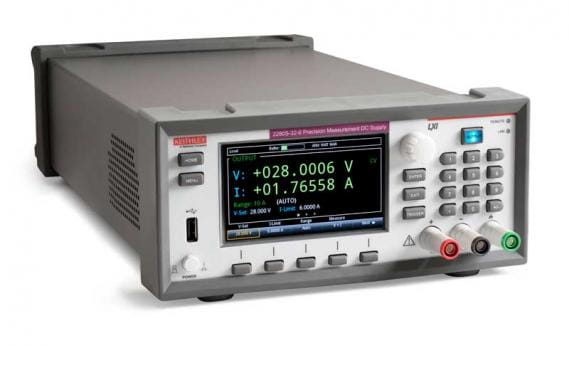

Current markets are leading to high demand for battery cells. One way for manufacturers to increase throughput is to reduce the time spent making each battery. The formation and aging stage is the most time consuming part of the cell manufacturing process. Ensuring that the right equipment is used for the job can help with some of the challenges facing formation and aging.
What is Formation and Aging?
The formation and aging process occurs after the battery cell has been fully constructed, filled with electrolyte, and sealed. The formation part of the process involves charging and discharging the battery slowly to build up the solid electrolyte interphase (SEI) layer. This layer on the electrodes is crucial to battery performance and incorrectly formed batteries can suffer from short lifespans and lower capacity.
The aging process consists of repeated cycles at different rates as well as a period of rest time for the batteries. During this portion of the process, several quality related parameters are monitored. At the end of the entire process, a few end of line (EOL) tests are conducted to characterize the cell and then it is ready to be integrated into packs or other applications.
Forming the Solution for the Formation and Aging Process
Several challenges exist when it comes to formation and aging. The first is that the process must be conducted on every cell that is made. The process must be precise so that the batteries are formed correctly and the process can change often as research and design teams improve methodologies. Automated test racks are the best solution for this, as they increase density for more cells to be charged at once and they utilize software to simplify the complex cycling routine.

Two methodologies exist to source the current to charge the battery and provide a load to control the discharge of the battery. The current levels used vary depending on manufacturer, but they are typically in the mA range. The first is to use a DC power supply such as the Keithley 2280S Precision DC Power Supply paired with an electronic load such as the Keithley 2380 DC Electronic Load. The 2280S is fully programmable with 100 uA resolution, so you can step the current between cycles if needed. The 2380 is capable of sinking at constant current with a resolution of 100 uA giving you the same precise control over the discharge cycles.
This solution can be further refined into a single box solution using Keithley’s source measure units (SMUs). An SMU is capable of both precision current sourcing and sinking. Both the 2400 Graphical Touchscreen Series and the 2600B System Series SMUs are TSP enabled. TSP scripting allows you to control the units with remote software or create cycling routines that run automatically on the units themselves. The SMUs can also be easily integrated with other test equipment such as the DMM7510 for open circuit voltage measurements or the 3706A for temperature datalogging using TSP-link to sync the instruments for a more complete EOL solution.




